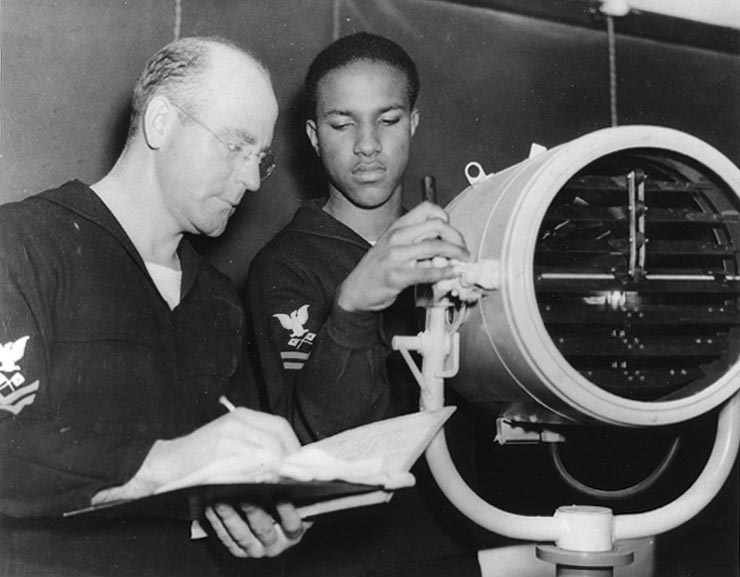Our 7th and Final OSI Layer is the Physical Layer. Unless you are planning to work with or design specialist hardware there isn’t much interaction required with this layer from an administrative point of view. We’ll cover some of the basics here but not in-depth. This layer strays directly into the realms of science, more specifically physics and even more specially quantum physics. This is most definitely the geekiest post in this series.
Most modern computers store, process and transmit data in its simplest form, binary. It makes sense to encode data in the form of binary as even the most complex information can be broken down and represented as combinations of simple 0s and 1s. This simple representation maps very conveniently across to physical properties. The physical technologies we use today work on the premise of data being represented by one of two states, there or not there (on or off). The electronic components inside a computer are able to create and detect physical state. To simplify this to the highest level, electrical current is either present or not present inside a component on a circuit board. If it is present, that represents a 1 and if it is not, the represents a 0.
Signalling and Media
This is much easier to visualise in networking terms. If you have two nodes connected with a copper wire, the sending node is able to transmit electrical pulses down the wire and the receiving node is able to decode this as a stream of 0’s and 1’s. Another way of thinking of this is like the ships of World War 2 that used big lights to send messages to each other in the form of morse code. This is referred to as signalling and the whole focus of layer 1 is to define the protocols for converting data to signals along with sending/receiving them. Anything that is able to exist (and be detected) in one of two physical states can be used as a transmission device.
Our transmission media doesn’t necessarily have to be electrons flowing down an electrically conducting wire. It could just as well be photons of light travelling down a fibre optic cable. It could also photons travelling through the air as part of radio magnetic waves (i.e. Wifi). When implementing the physical network, consideration must be given to the properties of the physical media, each of them will have different speed, throughput, cost and flexibility attributes. For instance, Fibre optic technologies generally cost more than their electron shuffling equivalents, but today they represent the fastest possible method moving signals from one place to another. They do this at the speed of light (299,792,458 metres per second) and that is essentially the fastest anything can travel as it’s the cosmological speed limit of the entire universe. Electrical current still moves down wires pretty fast, in fact almost at the speed of light, but slightly less due to other physical factors that cause some interference and resistance to the movement.
From a WiFi perspective it’s strange to think that we have electromagnetic waves running through us and all around us at all times. The transmission element in the radio wave is of course also the photon, after all, light is just an electromagnetic wave oscillating at a different (and visible) frequency than radio. I particularly like the picture below which visualised the electromagnetic wave of WiFi propagating across a city.
You can find more cool WiFi visualisation here:
Here’s What Wi-Fi Would Look Like If We Could See It
Wow, time to make our way out of the land of geek. This is as much as we’ll cover here as this is a Primer and not a physics course.


